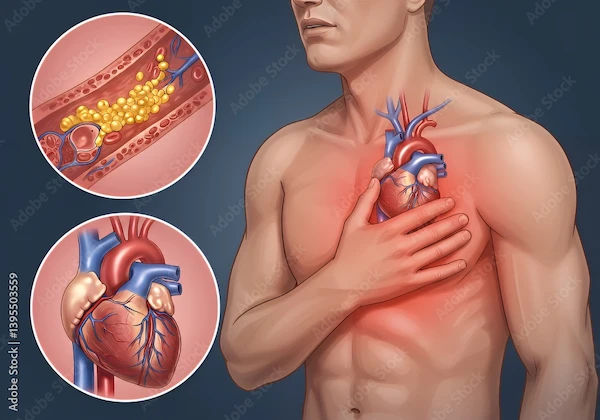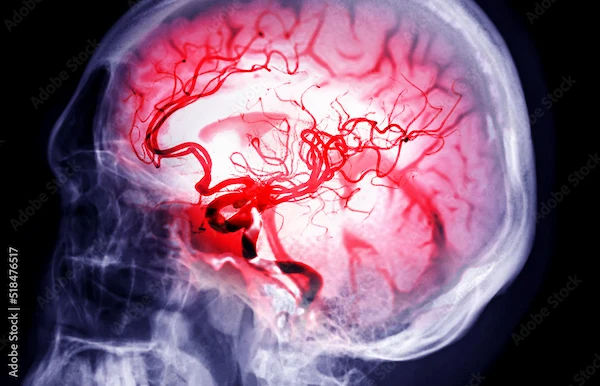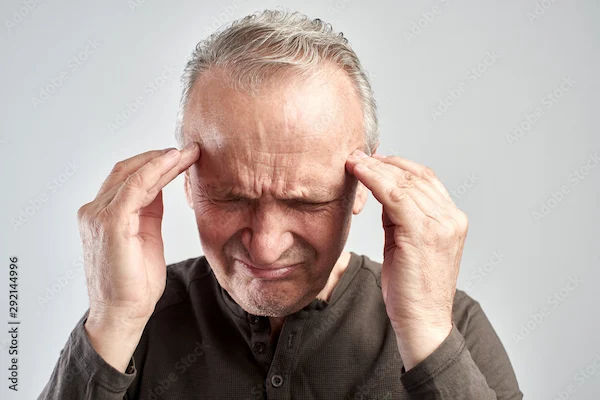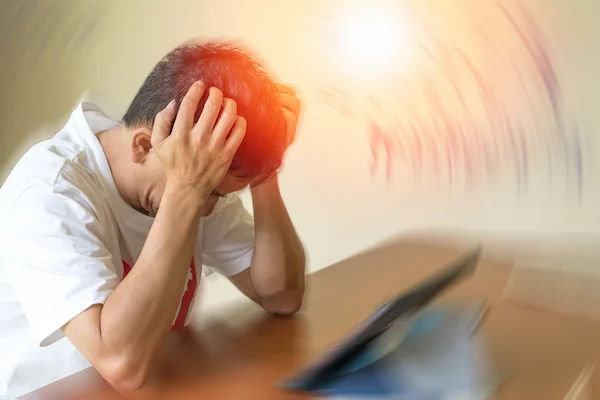Stroke Recovery and Resilience: A Guide to recovery
A stroke can feel like a sudden and life-changing event. For millions of people worldwide, it brings a range of challenges – physically, emotionally, and mentally. But stroke recovery is not just about returning to where you were before the stroke; it’s about moving forward, finding new strengths, and building resilience.

Written by Dr.Sonia Bhatt
Last updated on 3rd Jul, 2025

What is Stroke Recovery?
Recovery from a stroke doesn’t happen overnight – it’s a procedure which takes time, patience, and effort. The process of recovery starts right after the stroke and can continue for months or even for years. The goal of the recovery process is to help patients regain as much independence as possible, including the ability to walk, talk, eat, and do everyday activities.
But stroke recovery isn’t only about regaining physical abilities. It’s also about your emotional and mental well-being, where resilience comes in.
The Role of Resilience in Recovery
Resilience is the ability to cope with challenges and bounce back from setbacks. After a stroke, building resilience can help you stay motivated and focused on your recovery, even when the road feels tough.
Here’s how resilience shows up in stroke recovery:
Emotional Strength: A patient is likely to experience a mix of emotions like frustration, sadness, and maybe even fear. Resilience helps to process these emotions and move forward.
Mental Adaptability: Stroke usually changes one's behaviour. Resilience helps one adjust to these changes and find new modes to manage daily tasks.
Optimism: Staying hopeful, even when recovery feels slow, is necessary to resilience. Those who keep a positive attitude usually do better in their recovery.
The Phases of Stroke Recovery
Stroke recovery isn’t a linear process—it happens in stages, each with its challenges and victories.
The Acute Phase: This is the immediate aftermath of a stroke. You’ll be treated to stabilise your condition, prevent further damage, and address any life-threatening issues. Some improvement may happen quickly in this phase, particularly with prompt medical care.
The Rehabilitation Phase: This is where recovery begins. Rehabilitation includes working with specialists, such as physiotherapists, speech therapists, and occupational therapists, to rebuild skills and regain independence. The focus is on recovery and improving physical, cognitive, and emotional abilities.
Long-Term Recovery: Stroke recovery can continue for months or even years. During this phase, one has to work on progress, handling ongoing challenges, and adapting to any permanent changes.
Key Elements of Stroke Recovery
Several key areas make up a stroke survivor’s recovery plan. These are critical for gaining independence and improving quality of life:
1. Physical Therapy
Physical therapy assists stroke survivors recover strength and coordination. It focuses on improving movement and balance, which may have been affected by the stroke. Physical therapy plays a key role in your recovery in day to day life like standing, walking or relearning basic movements.
2. Occupational Therapy
Occupational therapy focuses on helping you return to everyday tasks. This includes things like cooking, dressing, and personal hygiene. If you’re having trouble with fine motor skills (like using a spoon or tying your shoelaces), an occupational therapist will help you practice and improve.
3. Speech Therapy
For many stroke survivors, speech and communication can be affected. Speech therapy helps people regain their ability to speak, understand others, and manage swallowing difficulties.
4. Cognitive Rehabilitation
If your stroke has impacted your memory, or problem-solving abilities, cognitive rehabilitation helps you relearn those skills. This can involve exercises to improve concentration, memory, and processing of information.
5. Emotional and Psychological Support
Dealing with the emotional impact of a stroke is just as important as addressing physical recovery. Stroke survivors usually experience depression, anxiety, or frustration. Psychological support, including counselling and support groups, can help you manage your mental health during recovery.
Building Resilience: Practical Tips
The process of recovery can feel long, and setbacks may happen. But building resilience will help you stay on track. Here are some practical tips to build resilience during stroke recovery:
1. Set Achievable Goals
Break your recovery goal down into small, manageable steps. Set realistic goals, like getting out of bed without someone’s help, improving your balance while standing or walking, or regaining the ability to talk clearly. Celebrate each little achievement – these small wins add to considerable progress over time.
2. Focus on What You Can Do
It’s easy to get discouraged if you focus on what you can’t do now. Instead, shift your attention to what you can do. Give yourself credit, even if it’s a small achievement, like moving your fingers or walking a few steps. Building on these capabilities will help you gain confidence and progress.
3. Stay Active and Engaged
Exercise is a powerful tool in stroke recovery. Exercise like gentle movements, stretching, or walking can improve strength and mood. Staying active also helps with mental well-being, so find a routine that works for you. Ask your therapist for exercises you can do at home, too.
4. Stay Connected with Your Support System
Surround yourself with someone who genuinely cares for you. It is one of the most important factors in stroke recovery. When you’re going through the challenges of rehabilitation, having solid support can make all the difference. Stay connected with family, close friends, or even others who’ve gone through similar kinds of stroke experiences. These people can offer more than just practical help; they can provide emotional support and encouragement when things feel tough.
5. Try Mindfulness and Relaxation Techniques
It’s usual to feel stress and anxiety during stroke recovery. These feelings of stress and anxiety can be managed. Consider practising relaxation methods such as deep breathing or mindfulness to help calm your mind. Meditation and mindfulness exercises are great ways to lower stress and help you stay present and focused on the moment.
Dealing with Setbacks
There will be moments when your recovery doesn’t go as planned. You might hit a plateau or feel disheartened that progress is happening more slowly than you anticipated. Resilience is about accepting that setbacks are a natural part of the journey. It’s completely normal to experience highs and lows, but remember that recovery is often a gradual process, with steady progress over time.
When faced with setbacks, remember: don’t lose hope. Take a step back, reassess, and keep trying. You’re learning, adapting, and becoming more assertive with each challenge.
Conclusion
Recovering from a stroke is never easy, but it’s important to remember that it’s not just about returning to where you were before. Recovery is a journey of rediscovery, resilience, and growth. The journey of recovery may be long, but with the right attitude, support, and determination, you can gain independence and live a fulfilled life. Your resilience will play an important role in your recovery. Embrace the journey, stay optimistic, and remember that even on the toughest days, you’re making progress.
Consult Top Neurologists
Consult Top Neurologists

Dr. H Rahul
Neurologist
10 Years • MBBS, MD(Gen. Med.), DM(Neuro)
Secunderabad
Apollo Hospitals Secunderabad, Secunderabad
(100+ Patients)

Dr. Sushant Aildasani
Neurologist
4 Years • M B B S , M D MEDICINE ( GOLD MEDAL) D M ( NEUROLOGY )
Indore
Apollo Hospitals Vijay Nagar, Indore
(25+ Patients)

Dr. Nipun Puranik
Neurologist
8 Years • MBBS MD, DM
Indore
Apollo Hospitals Vijay Nagar, Indore

Dr. Amit Kapoor
Neurosurgeon
18 Years • D.N.B NeuroSurg.
Delhi
Apollo Hospitals Indraprastha, Delhi
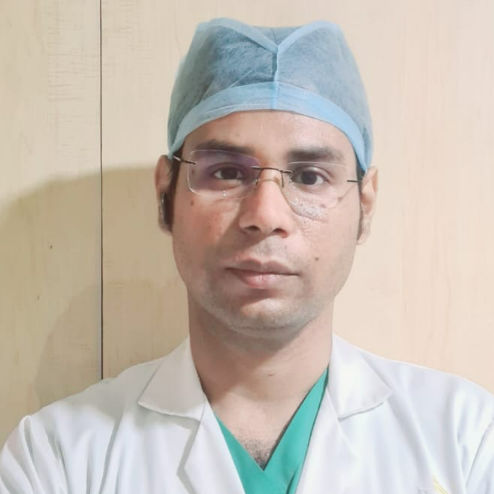
Dr Debnath Dwaipayan
Neurosurgeon
9 Years • MBBS, MS(Gen. Surgery), DrNB (Neurosurgery)
Delhi
Apollo Hospitals Indraprastha, Delhi

